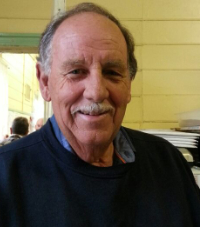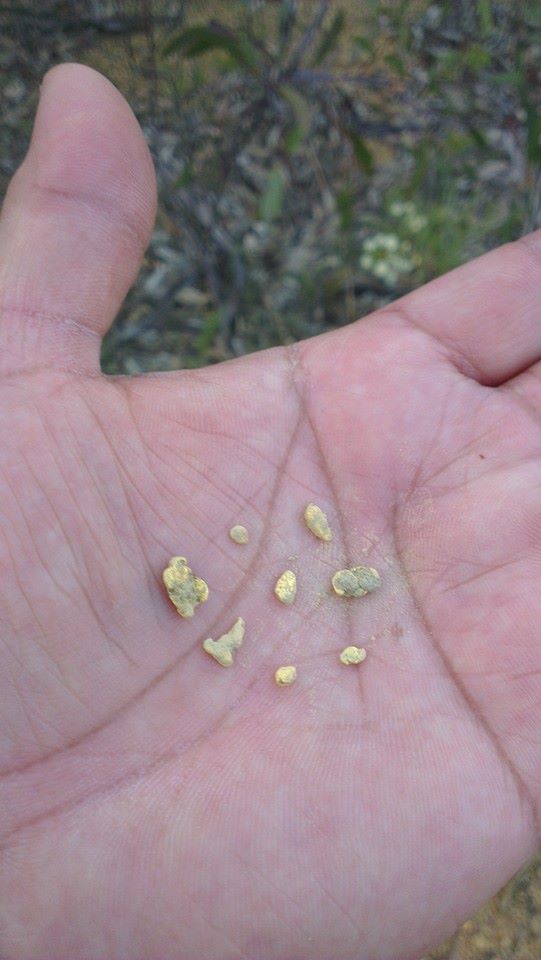Grant Seeger, the 74-year-old president of the Sunbury Metal Detecting Club, had heard stories about using a detector to find gold, and so picked one up for a song. The hobby is helping to supplement his retirement income.
Having got his prospecting licence (currently $27), and found out where could (and couldn’t) go searching for gold, Seeger had a few lucky strikes on his first outings. Buoyed by these easy finds, he was disappointed when his luck run out, leaving him returning home empty-handed.

Photo / supplied.
However, he battled on, and asked members of the Sunbury Metal Detecting Club for help. They suggested he use a more powerful detector and offered advice on how to use it.
“They encouraged me to sell my older Minelab GP Extreme and buy a new detector costing $5,000, which was a huge amount of money in 2009,” he says.
“It was a hard decision, but I needed one that would find the gold my old detector missed. I got a GPX 4500.”
Seeger says thanks to the gold he found during weekend prospecting trips the detector paid for itself within 12 months.
“It was a good decision because the gold just kept coming and coming,” he says. “I’ve held some beautiful nuggets in my hand over the years.”
Seeger kept most of the gold he found, until he cashed it in to buy car and a caravan a few years ago.
But gold is not all that members of the club find on their excursions. Among numerous belt buckles, jewellery, old tools, and “lots of rubbish” are coins.
“I was exploring the edge of an old walking track and detected metal,” he says. “It turned out to be three old shillings dated 1834 that were in beautiful condition.

Photo / Supplied
“I can imagine a prospector from England sitting down sometime in the 1860s, getting his handkerchief out to mop his brow, pulling the coins out at the same time and losing them.
“But where I found the coins was a good area for gold, so I hope he found some quickly – he would have needed to.
“Club members have found coins from all over the world.”
Seeger says gold is fetching good prices, with one gram worth around $80 today, and an ounce changing hands for $3,000.
He says plenty of people go fossicking along beaches in the evening, picking up lost coins and jewellery.
He laughs when I mention the TV series The Detectorists… A comedy about members of a fictitious metal detecting club in the UK.
“I can’t say there was a spike in club membership as a result of the show,” he says. “But a few months after the show ended there were lots of second-hand detectors for sale…
“The show didn’t reflect what detecting was about for Australia, and those who bought detectors thinking they would become rich found out it is a lot more involved.”
The Sunbury Metal Detecting Club was formed in 1981, it has 80-plus members, and the club meets on the first Wednesday of the month to help newbies, share tales of finding treasure, and offer tips on using detectors. There are also frequent excursions and weekend expeditions. Full details here.
For those contemplating buying a metal detector, Seeger says they are welcome to contact the club for free advice and guidance.
Ed’s note: Just for fun we tried to compare the purchasing power of a shilling in 1860 with today. In 2024 it would have the purchasing power of $6. In the 1860s, a shilling would be about one day’s wages.



